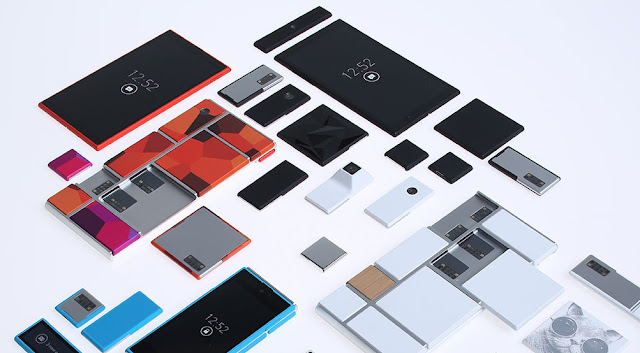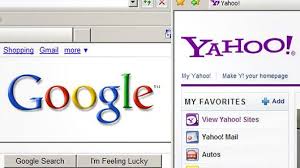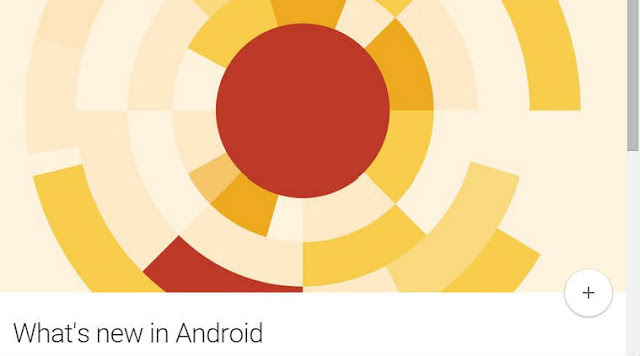Google’s Android Marshmallow
Google has revealed its latest version of its operating system which was earlier known as Android M and will now be called Android Marshmallow. The tech giant usually names its operating systems after sweet treats like Jelly Bean, Lollipop and KitKat featuring in the past and hence there is speculation about what the latest release, earlier known as Android M would be called.Jamal Eason, Android product manager had written on the Android Developers Blog - `whether you like them straight out of the bag, roasted to a golden brown exterior with a molten centre, or in fluff form, who doesn’t like marshmallows? We definitely like them’.
The announcement coincided with the release of the final developer preview update for Android Marshmallow that comprises of the official Android 6.0 software development kit and developers can also publish their app on the Google Play store for Android Marshmallow. The updated operating system that had been first unveiled at Google 1/O on 28 May 2015 is estimated to be launched to the public by the third quarter of 2015.
New Features - Doze
Google states that the Android Marshmallow is the most powerful release so far wherein the update brings in hundreds of improvements, though several of them are very incremental and will be almost invisible to most of the users.For instance, new features by the name Doze tends to detect when the device’s motion sensor is inactive and cuts down on the level of background app activity which Google states can double the battery life of the device.
Android Marshmallow also supports a new type of USB connector known as USB-C which charges devices three to five times faster than the present microUSB chargers according to Google. The USB-C charger similar to the Apple’s Lightning connector, can be plugged either way round which will save the user from struggling in the dark in trying to plug in the charging cable.
A new permission system tend to be easy for users in deciding what information the apps on the phone could use by providing them with the opportunity to confirm or deny access in context.
Google Now Personal Assistant
For instance, if one tends to download WhatsApp on Android device, you would be asked for permission for WhatsApp to access the contacts, location, calendar, photos, camera, microphone and much more which could be very intrusive.In the case of Android Marshmallow, users will not be requested to grant permission at the time of download. It is only while sending voice memo, for instance that they would be asked to grant access to their microphone. Permission could also be withdrawn to access certain informationthrough a new option in the setting menu.
Owing to Android Marshmallow release, Google would be updating its Google Now personal assistant enabling users to access information anywhere on the device irrespective of what they intend to do. On holding and tapping the home button, user could put up a query without the need of leaving the app they are in and could also use Google Now on Tap in order to locate new apps and in-app content.
The Android Marshmallow update would be bringing in support for Android Pay, Google’s answer to Apple Pay that enables the user to pay for things in stores with the use of Android Smartphone.























